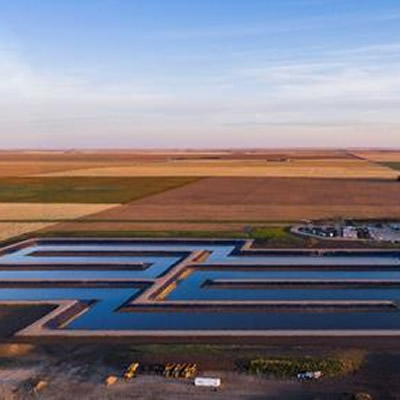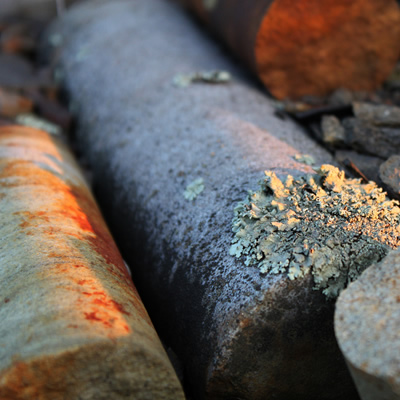A takeover waiting to happen?
Global companies still eyeing Saskatchewan's potash
In 2010 when the Canadian Government stepped into block the proposed BHP takeover of Saskatchewan’s PotashCorp (PCS), many thought that would be the end of it. But the Australian Financial Review recently wrote that “Inside BHP the view is that, within a decade, pure-play fertilizer producers such as PotashCorp and The Mosaic Company will be owned by diversified miners that will have far greater financial firepower to withstand a downturn in price.”
So are diversified fertilizer producers like PotashCorp, Mosaic and Agrium sitting vulnerable to diversified miners? Yes and no, said Colin Boyd.
Boyd, a professor at the University of Saskatchewan’s Edwards School of Business, said that PotashCorp and other Saskatchewan firms have certain vulnerabilities.
“Everyone else that’s coming in [to Saskatchewan] are all diversified mining companies, and they’re global,” said Boyd. “So there is a big difference in access to financing, to global fund markets and things like that, and if there were to be a real shake-out you would think that the mining companies would have deeper pockets than the existing firms here.”
Except for the fact, Boyd said, that existing firms all have the benefit of the current royalty structure, which favours brownfield expansions of existing sites over greenfield or new developments.
“For the brownfield people,” said Boyd, “the royalty structure has been set to encourage potash expansion. What they can do is they can spend five or six million dollars expanding and write that expansion off against current potash revenue straight away and in essence defer their royalty payments. As opposed to BHP Billiton, who won’t be able to write off any of their [Jansen Lake project] capital costs until the first day they start producing, which will be in four or five years’ time. So it’s quite an advantage to the existing firms.”
Where they lose that advantage, said Boyd, is in staked mineral rights.
BHP holds 14,000 square kilometres of mineral rights in Saskatchewan, most of which, ironically, seem to surround existing PCS mines. That’s a staggering 10 to 12 times as much greenfield rights as PCS holds, and there’s a real possibility that PCS’s shortsightedness may become a BHP advantage.
“I think what happened is that PCS wasn’t really interested in a greenfield site and in starting a new mine,” said Boyd. “All of their obsession, driven by the royalty structure, was to increase their existing mines. So I think they sort of let the ball slip in making sure that nobody else could come and lock up all the mineral rights exploration areas in Saskatchewan. They were so focused on brownfield that they didn’t see the possibility of anyone coming in and snapping up most of the rights.”
That may be an understandable lapse when you consider that before this latest surge of interest from companies based in Australia (BHP), Germany (K&S) and Brazil (Vale), Saskatchewan hadn’t seen a greenfield project in over 40 years. But whether that makes existing potash firms more vulnerable to future takeover bids is the billion-dollar question.
BHP isn’t the only diversified miner entering into play in Saskatchewan, nor the only one that may be on the hunt to acquire existing potash firms. Boyd said that whether you consider Vale’s previously considered bid for Mosaic or the early-stage exploration being conducted by Rio Tinto, entry into the field by diversified miners who can weather a commodity price decrease by subsisting on other commodities may have the advantage over those firms who rely on profits from potash alone.
As potash prices continue to drop while production rises, despite work stoppages by PCS and others in the Canpotex cartel, now may be an opportune time for diversified miners to once again look at possible takeovers.
“It remains to be seen whether this is going to be a short to medium term calamity with over-production and falling prices,” said Boyd, “or whether the growth in fertilizer demand, which may in fact be stimulated by lower prices, is such that it will be able to absorb all the extra capacity.”
Boyd said it may take several years before the situation calms down.
“When things all iron out in 20 years’ time, this will all seem good. I’m pretty certain by then that supply will match demand, but whether we go through hell before that is another matter.”




